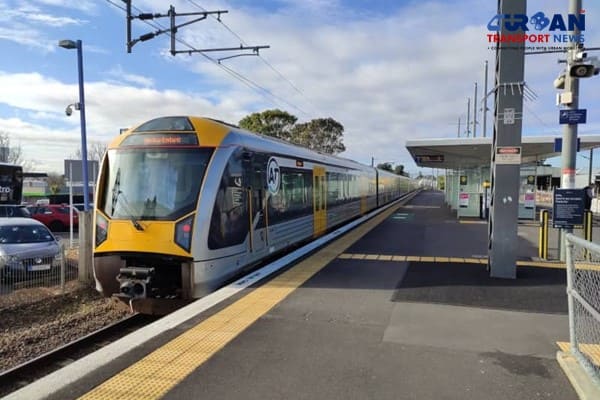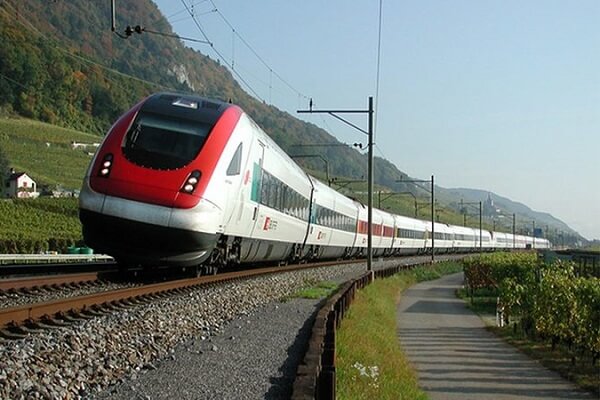 IndiGo to launch Urban Electric Air Taxis between Delhi to Gurugram
IndiGo to launch Urban Electric Air Taxis between Delhi to Gurugram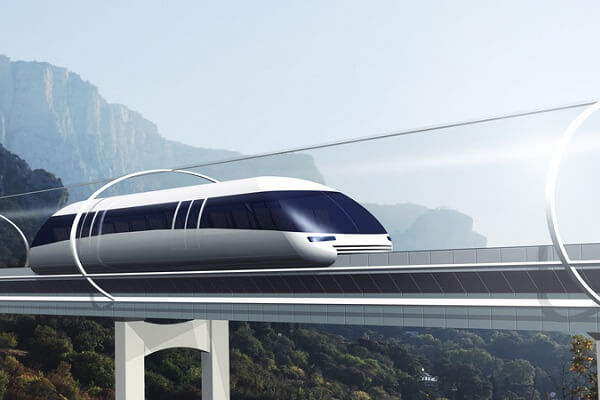 Swisspod secures Strategic Investment to advance the Hyperloop Transportation
Swisspod secures Strategic Investment to advance the Hyperloop Transportation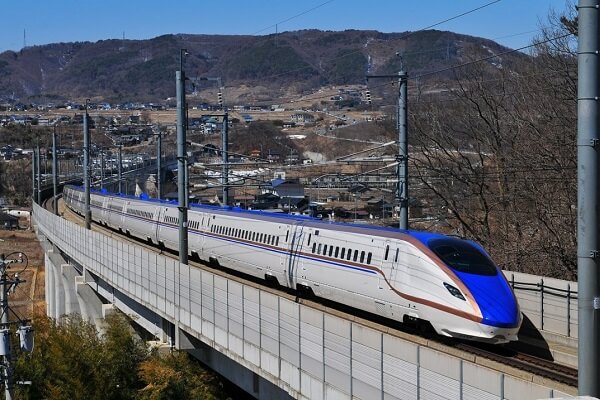 Siemens Mobility revolutionizes Copenhagen's S-bane Network with Driverless Technology
Siemens Mobility revolutionizes Copenhagen's S-bane Network with Driverless Technology Unlocking prosperity between India and Myanmar: The Kaladan Multi-Modal Transit Project
Unlocking prosperity between India and Myanmar: The Kaladan Multi-Modal Transit Project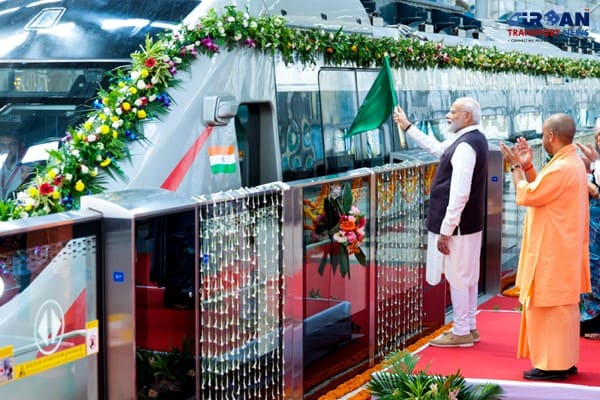 Is the RRTS Truly Accessible to the Common Man or Only the Privileged?
Is the RRTS Truly Accessible to the Common Man or Only the Privileged?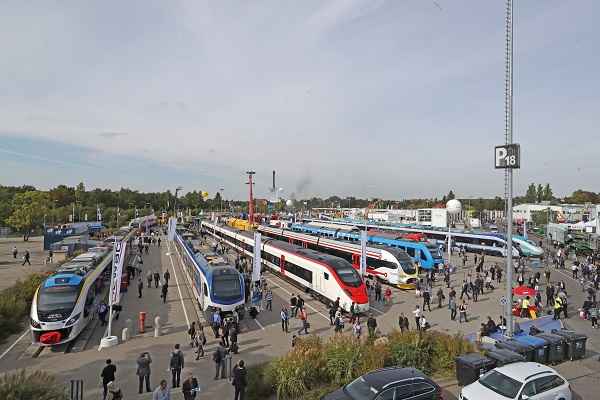 Alstom sold its Rail Signalling Technology Business to Knorr-Bremse for €630 million
Alstom sold its Rail Signalling Technology Business to Knorr-Bremse for €630 million Vensa Infrastructure wins ₹412.58 crore civil contract for Hisar Airport
Vensa Infrastructure wins ₹412.58 crore civil contract for Hisar Airport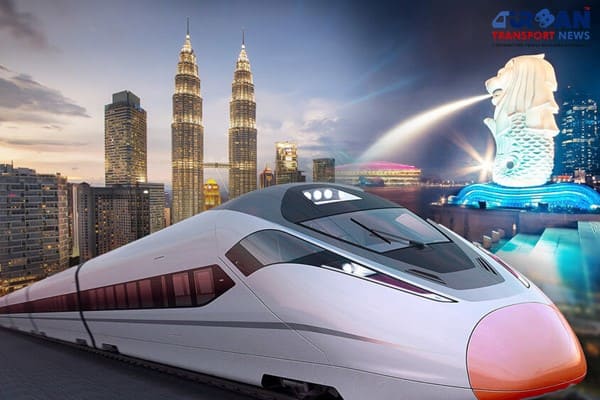 Kuala Lumpur-Singapore high-speed rail project cost could be slashed to RM70 Billion
Kuala Lumpur-Singapore high-speed rail project cost could be slashed to RM70 Billion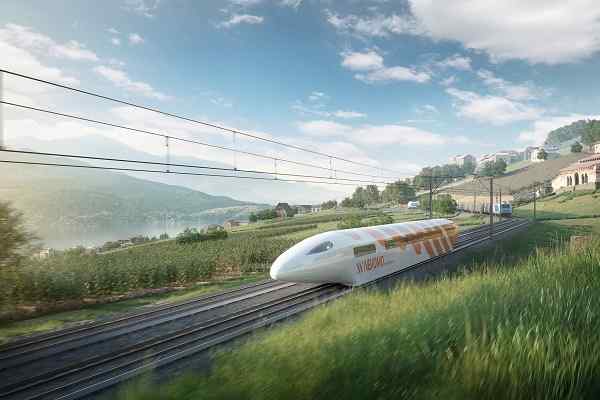 Nevomo's MagRail Technology Selected for Hyperloop Freight Demonstrator
Nevomo's MagRail Technology Selected for Hyperloop Freight Demonstrator Russia signs deal to procure bullet trains for Moscow - St. Petersburg high-speed line
Russia signs deal to procure bullet trains for Moscow - St. Petersburg high-speed line
Business and Investment Opportunities in Railway Infrastructure Sector in India
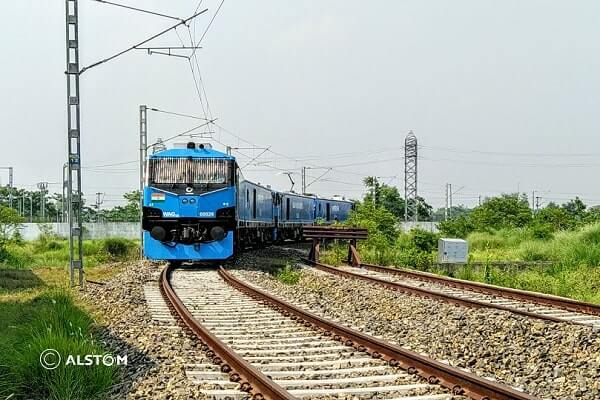
Indian Railways is among the world’s largest rail network, and its route length network is spread over 1,23,236 km, with 13,523 passenger trains and 9,146 freight trains, plying 23 million travellers and 3 million tonnes (MT) of freight daily from 7,349 stations. India's railway network is recognized as one of the largest railway systems in the world under single management.
The railway network is also ideal for long-distance travel and the movement of bulk commodities, apart from being an energy-efficient and economic mode of conveyance and transport. Indian Railways is the preferred carrier of automobiles in the country.
The government of India has focused on investing in railway infrastructure by making investor-friendly policies. It has moved quickly to enable Foreign Direct Investment (FDI) in railways to improve infrastructure for freight and high-speed trains. At present, several domestic and foreign companies are also looking to invest in Indian rail projects.
Market Size
Indian Railways’ revenue increased at a CAGR of 6.20% during FY08-FY19 to US$ 27.13 billion in FY19. Earnings from the passenger business grew at a CAGR of 6.43% during FY07-FY19 to reach US$ 7.55 billion in FY19P. Freight revenue rose at a CAGR of 4.30% during FY08-FY19 to reach US$ 18.20 billion in FY19.
Revenue growth has been strong over the years. Indian Railways’ gross revenue stood at Rs 183,092.74 crore (US$ 26.20 billion) in FY20 (till February 2020). Freight earnings in FY20 (till February 2020) stood at Rs 119,216.11 crore (US$ 17.06 billion). Passenger earnings for Indian Railways was estimated at 51,077.73 crores (US$ 7.31 billion) in FY20 (till February 2020). Freight remains the major revenue earning segment for Railways, accounting for 65.1% of its total revenue in FY20 (till February 2020), followed by the passenger segment.
In October 2020, Indian Railways freight loading stood at 108.16 million tonnes, compared with 93.75 million tonnes in the same month last year. The Indian Railways earned Rs. 10,405.12 crore (US$ 1.40 billion) from freight loading in October; this is higher by Rs. 868.90 crores (US$ 117.41 million) or 9% compared with Rs. 9,536.22 crore (US$ 1.28 billion) in the same month last year.
In November 2020, India Railways announced that 40% of the dedicated freight corridor (DFC) will be opened for traffic by end-FY21, while the entire 2,800 km route will be completed by June 2022.
Passenger traffic was valued at 7.25 billion and freight traffic at 1,208.34 million tonnes in FY20.
India was among the top 20 exporters of railways globally as of 2017. India’s export of railways has grown at a CAGR of 31.51% during 2010-2018 to US$ 507.90 million. Exports of railways in 2019E stood at US$ 635 million.
Investments/Developments
Foreign Direct Investment (FDI) Inflow in railway-related components stood at US$ 1.12 billion from April 2000 to June 2020.
Following are some of the major investments and developments in India’s railways' sector:
- In November 2020, Indian Railway launched a completely digitized online Human Resource Management System (HRMS)—a high thrust project for Indian Railways to leverage improved productivity and employee satisfaction.
- In October 2020, the Western Railways division completed its first consignment journey from Mumbai to New Delhi. The division signed a deal with the logistics partner of Amazon India for speedy transportation of parcels in Rajdhani Express. The deal stipulates consignment deliveries for 113 days from October 2020 to February 2021 with an estimated goods transportation of 2,712 tonnes; this will help generate a revenue of Rs. 2 crores (US$ 269.93 thousand).
- The Indian Railways completed eight major capacity enhancement projects by taking advantage of the coronavirus lockdown. These projects included three supercritical projects with a combined length of 68km, three critical projects with a combined length of 45km, up-gradation of the entire 389km railway line from Jhajha in Bihar to Pandit Deen Dayal Upadhyaya Junction in Uttar Pradesh, and a new 82km port connectivity line to Paradip.
- In September 2020, the Indian Railways announced the ‘Clone Train Scheme’, wherein it planned to run a clone train with the train of the same number, to help and provide relief to the waitlisted passengers over heavy passenger traffic routes.
- •As a part of the Railways’ plans to upgrade its network, the Ministry announced that all non-AC sleeper coaches will be replaced by AC coaches for trains running >130 kmph. This move has been taken as a technical necessity for high-speed trains with the bonus of improving the passenger experience.
- In November 2019, a pilot project was launched to study the feasibility of using Railways’ parcel service for e-tail players.
- In November 2019, Indian Railways entered into a Procurement cum Maintenance Agreement with Madhepura Electric Locomotive Pvt. Ltd. (MELPL), a joint venture of Indian Railways and France-based Alstom to manufacture 800 electric locomotives for freight service and its associated maintenance.
- In October 2019, Indian Railway launched One Touch ATVM for fast ticketing at 42 Suburban Stations of Central Railway.
- Khurja-Bhadan section of eastern corridor in Uttar Pradesh to be formally opened for traffic on October 2, 2019.
- In July 2019, the longest electrified tunnel built between Cherlopalli and Rapuru stations.
Government initiatives
Few recent initiatives taken up by the Government are:
- In November 2020, the National Rail and Transportation Institute (NRTI), Vadodara, launched 7 new programs, 2 B. Tech UG programs, 2 MBA, and 3 MSc programs on the core applied sector. These programs are aimed at creating the best skill sets in railway infrastructure management, systems & communication engineering, and transportation cum supply chain management.
- As of October 2020, the Railway Ministry issued a policy to develop goods shed facilities at small/roadside railway stations aimed at augmenting terminal capacity through the participation of the private sector. Private parties are allowed to develop a goods wharf, utilities for labourers (resting space, drinking water, etc.), approach roads, loading and unloading docks, and other related infrastructure.
- On September 22, 2020, Indian Railways sanctioned a feasibility study for seven bullet train projects - all open to PPP investments.
- In July 2020, The Ministry of Railways decided to create a special cell, Project Development Cell (PDC), in the railway board to increase investments and inflow of foreign direct investment (FDI).
- As of June 02, 2020, a total of 4,155 Shramik Special trains were operationalized from various states across the country and more than 57 lakh passengers have already reached their home state.
- As per Union Budget 2020-21, the Ministry of Railways has been allocated Rs 72,216 crore (US$ 10.33 billion).
- In February 2019, Indian Railways decided to launch food packets with QR codes and give live kitchen feed.
- The speed is being raised to 160 kmph on Delhi-Mumbai and Delhi-Howrah routes by 2022-23. The passenger trains have got approval to raise 60% increase in average speed.
-
Dedicated Freight Corridor Corp. of India Ltd (DFCCIL) is already building the first two freight corridors - Eastern Freight Corridor from Ludhiana to Dankuni (1,856 km) and Western Freight Corridor from Dadri to Jawaharlal Nehru Port (1,504 km) - at a total cost of Rs 81,000 crore (US$ 11.59 billion).
-
The Government is going to come up with a ‘National Rail Plan to enable the country to integrate its rail network with other modes of transport and develop a multi-modal transportation network.
-
A 'New Online Vendor Registration System' has been launched by the Research Designs & Standards Organisation (RDSO), the research arm of Indian Railways, to have digital and transparent systems and procedures.
Road Ahead
Indian Railway network is growing at a healthy rate. In the next five years, the Indian railway market will be the third-largest, accounting for 10% of the global market. Indian Railways, which is one of the country's biggest employers, can generate one million jobs, according to Piyush Goyal, Union Minister for Railways and Coal.
Indian Railways is targeting to increase its freight traffic to 3.3 billion tonnes by 2030 from 1.1 billion tonnes in 2017.
Indian Railways plans to achieve 2,024 MT (metric tonne) loading in 2024 from the current 1,200-1,300 MT.
It is projected that freight traffic via the Dedicated Freight Corridors will increase at a CAGR of 5.4% to 182 MT in 2021-22 from 140 MT in 2016-17.
Data Source:





